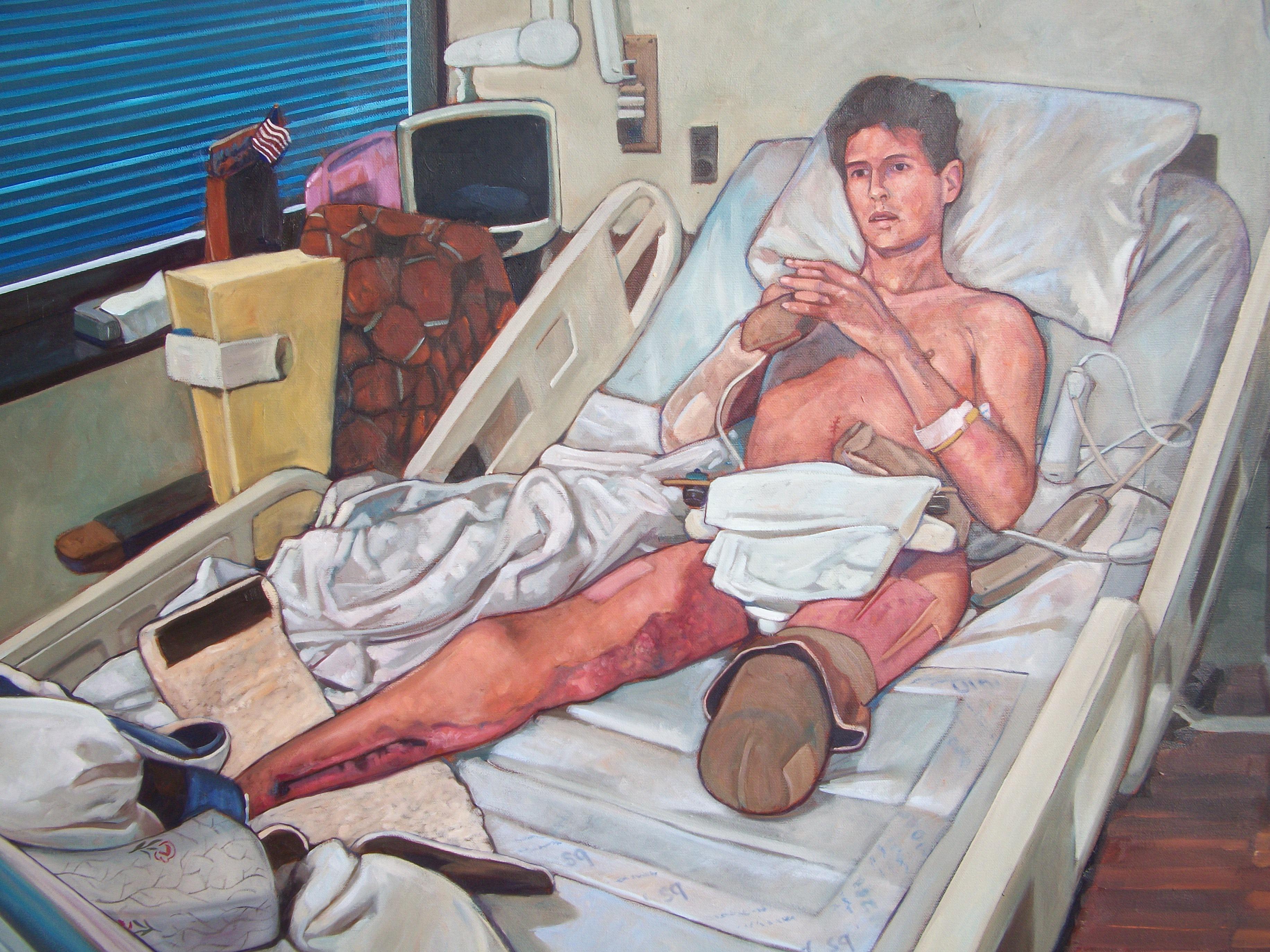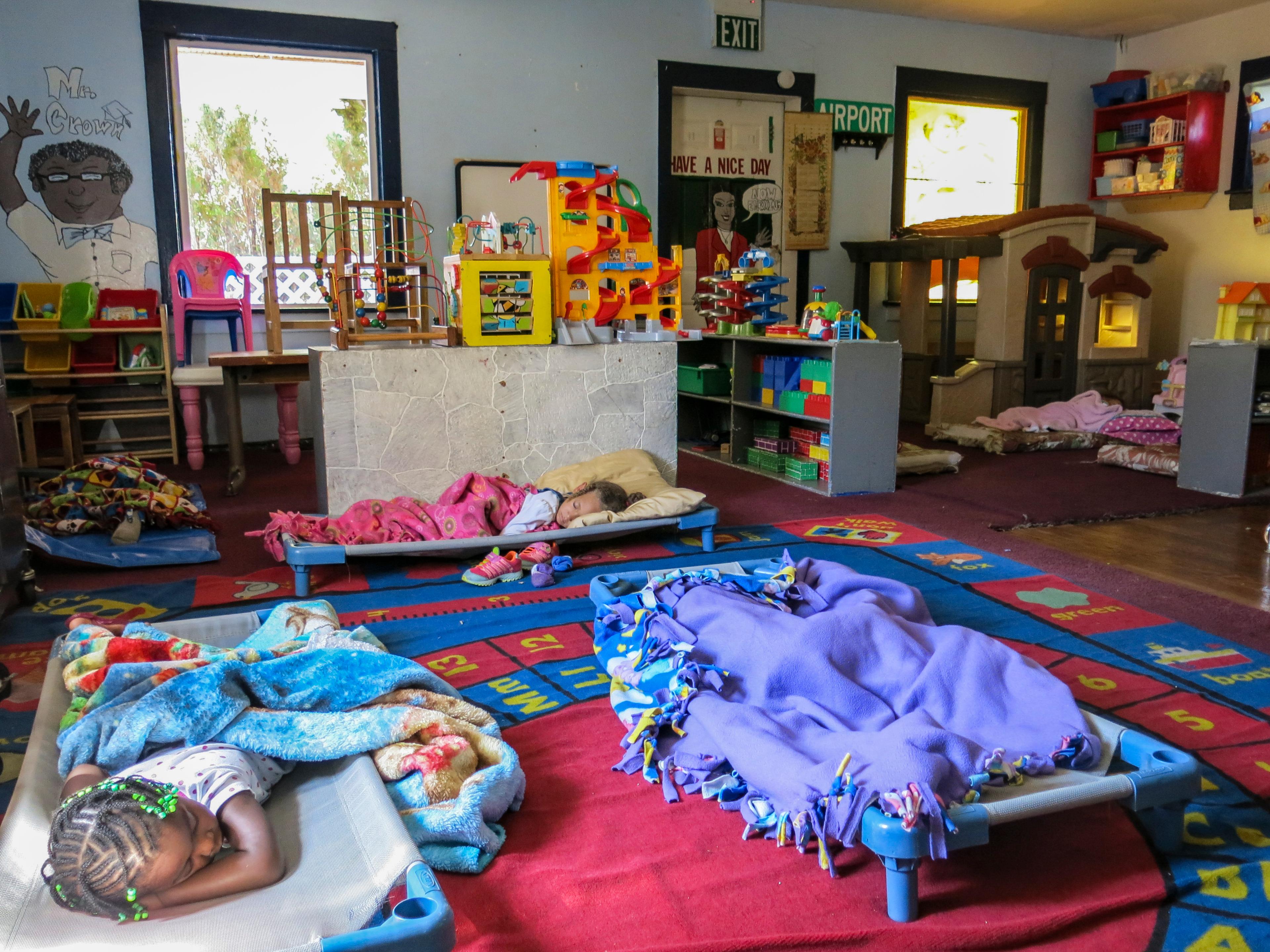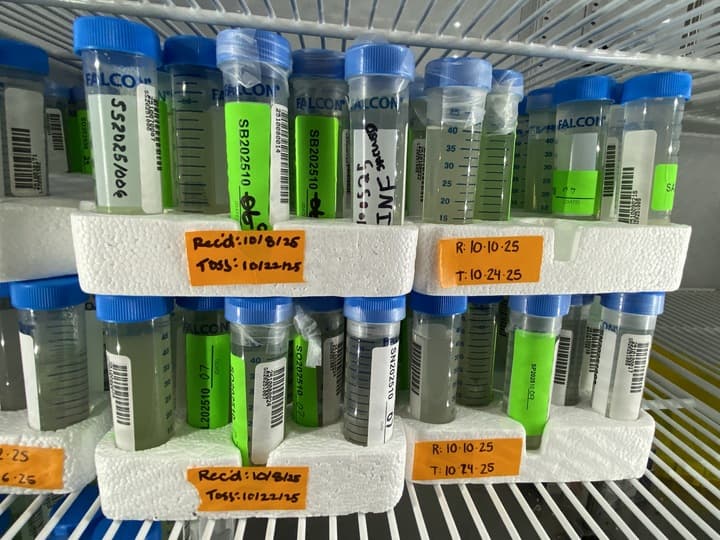
The faces sketched or painted as part of the artwork featured in “The Joe Bonham Project: Drawing the Stories of America’s Wounded Veterans” are more than just portraits on paper and canvas.
These faces tell the poignant stories of wounded service members, and their experiences highlight the uncomfortable realities of war.
Inspired in part by Joe Bonham, the central character in Dalton Trumbo’s hard-hitting 1939 anti-war novel “Johnny Got His Gun,” the project was founded in 2011 by Michael D. Fay, a former Marine Corps combat artist.
In 2012, New York Times art critic Carol Kino highlighted the collection of narrative illustrations and paintings in an article titled “Portraits of War.”
The article captured the attention of Denver art curator Simon Zalkind, sparking his interest in bringing the exhibition to Colorado and showcasing it at the University of Colorado-Denver’s Art Gallery at the Fulginiti Pavilion on the Anschutz Medical Campus.
Fay and Zalkind talked to arts editor and arts show host Chloe Veltman about the work included in the project and how they hope the exhibition might help to prevent the “wounded warriors” depicted on the canvases from becoming the next generation of Joe Bonhams.
Here is an excerpt from Chloe’s conversation with Fay and Zalkind. To hear the full interview, listen to the arts show this Friday at 10:30 a.m. and 7:30 p.m. Or listen online anytime.
CPR: How did your experiences as an official artist with the Marine Corps lead to “The Joe Bonham Project?”
Michael D. Fay: During my time as the official combat artist for the Marine Corps, I embedded with marine units. So I experienced people being profoundly wounded and killed. In 2006, when I came back from my last tour in Iraq, I started going to Walter Reed and Bethesda hospitals in Washington D.C. And then I started sketching the marines. Once I retired, that eventually led to going to Veterans Affairs hospitals on my own and with other artists, where Marines were recovering. America likes to forget the war and, even worse, the wounded. So, I felt a responsibility to record and interact with them.
CPR: Tell us about the work on display in the “Joe Bonham Project.”
Simon Zalkind: I find these to be very convincing, incredible works of art, as well as authentic documents of the realities of war. The range of strategies that American illustrators and artists have used since the advent of American-Naturalist Realism in the early 19th century up through the comic book format are all represented in the exhibition.
CPR: The project is in part inspired by Dalton Trumbo’s famous 1939 anti-war novel, “Johnny Got His Gun.” Can you talk about the parallels between Trumbo’s novel and the artwork of the project?
Michael D. Fay: After there was some real interest in the project and people really wanted to participate, I immediately thought of this character Joe Bonham. The novel is existentially harrowing. But I think the project is less consistent with the aesthetics of the book and more with the idea of what Joe Bonham wanted: to not be forgotten. I was able to get in touch with Dalton Trumbo’s daughter, Mitzi Trumbo, and it was very gratifying to show her what we were doing.
Listen to CPR on Friday, April 18 at 10:30 a.m and 7:30 p.m. for the full interview.
The “Joe Bonham Project” runs now through June 12 at the Art Gallery at the Fulginiti Pavilion at the University of Colorado-Denver’s Anschutz Medical Campus.









